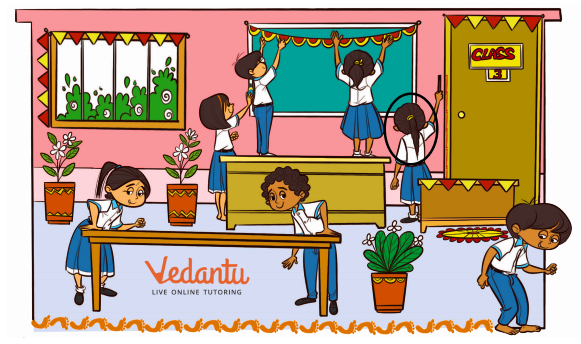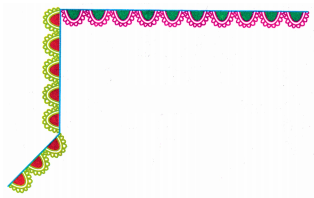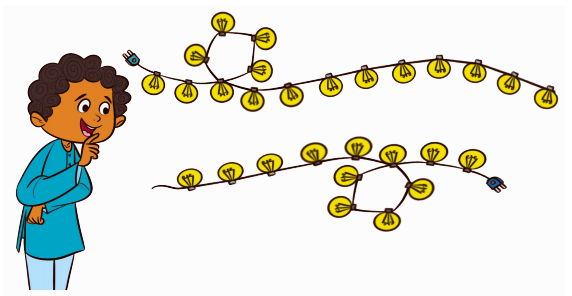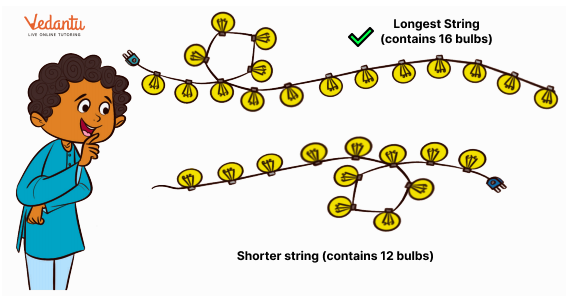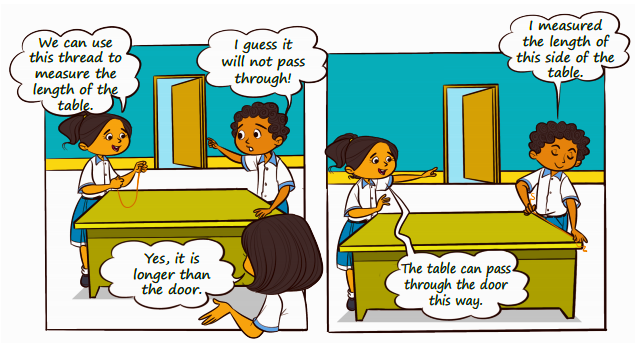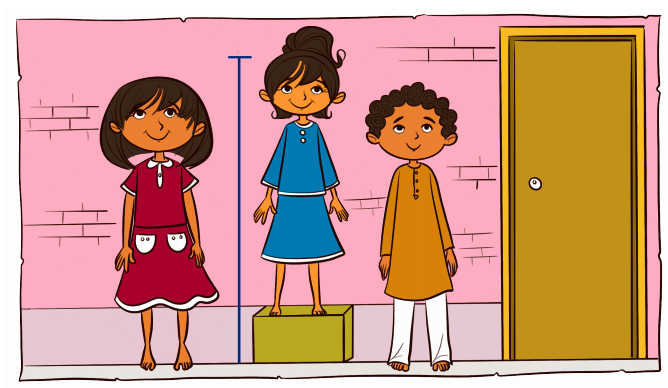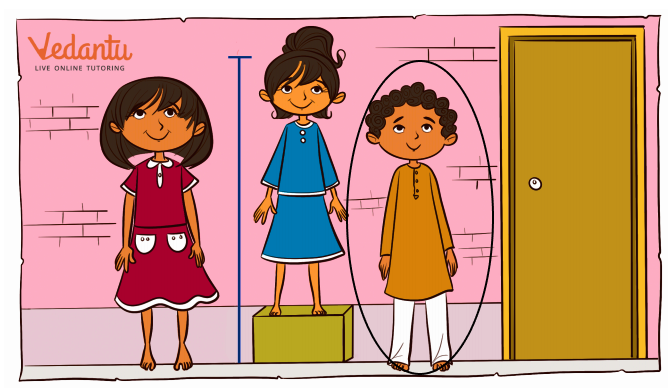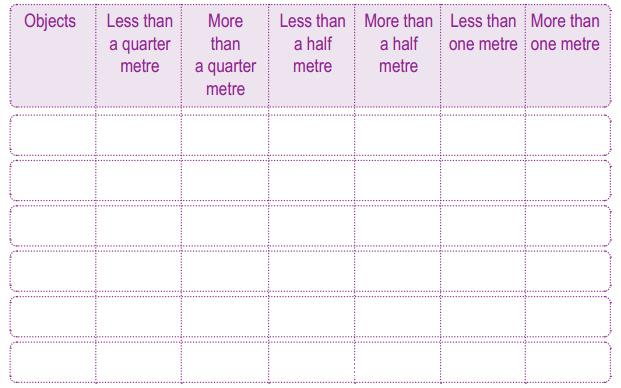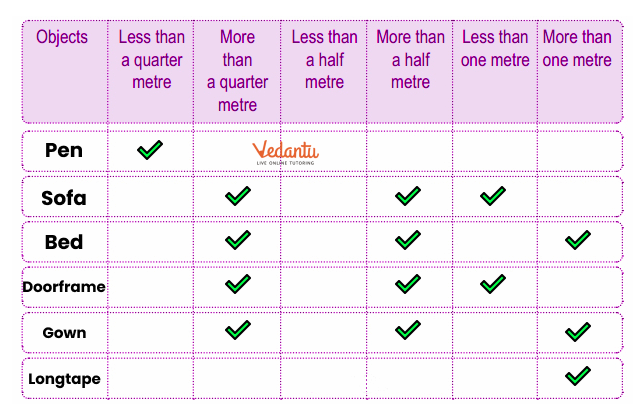Play With Patterns - Exercise-wise Questions and Answers For Class 3 Maths - Free PDF Download
FAQs on NCERT Solutions For Class 3 Maths Chapter 10 Play With Patterns - 2025-26
1. What concepts are covered in the NCERT Solutions for Class 3 Maths Chapter 10 Play With Patterns?
- NCERT Solutions for Class 3 Maths Chapter 10 include activities on identifying, extending, and making patterns using shapes, colours, and numbers.
- Students learn to observe pattern rules, fill missing pieces, and create their own patterns as per CBSE 2025-26 guidelines.
- Application in daily life, such as rangoli, clothing designs, and classroom decorations, is also addressed.
2. How does NCERT Solutions Class 3 Maths Chapter 10 improve pattern recognition skills?
- The solutions guide students to spot the logic behind sequencing in colours, shapes, and numbers.
- Stepwise explanations help learners analyse examples, predict next items, and justify their choices based on the given rules.
- This develops critical thinking and strengthens visual and numerical pattern recognition for young learners.
3. What methods are used to help students solve pattern problems in Class 3 Maths Chapter 10?
- Students are shown how to break patterns into repeat units and identify changes—such as shape, colour, or size.
- Solutions encourage children to describe patterns visually and verbally, building a logical approach to problem-solving.
- The solutions also address skipped steps and guide the student through correction.
4. How do the NCERT solutions teach students to create their own patterns?
The solutions provide clear instructions and examples, prompting students to use real objects like beads or blocks for practice. Students are then encouraged to think of their own repeating rules, fostering creativity and deeper understanding as per NCERT Class 3 Maths Chapter 10 syllabus.
5. Why is learning about patterns important according to NCERT Class 3 Maths Chapter 10?
- Understanding patterns is a foundational math skill that helps in problem-solving across subjects.
- Recognising patterns aids in predicting next elements and understanding number relationships, basic algebra, and logical thinking later in school.
6. What types of patterns are students expected to recognise and complete in Chapter 10?
Students must identify repeating, growing, and shrinking patterns using shapes, colours, numbers, and figures, as per the Class 3 Maths Chapter 10 Play With Patterns syllabus.
7. How do NCERT Solutions for Class 3 Maths Chapter 10 support exam preparation?
- Solutions offer stepwise answers for every type of pattern problem found in CBSE 2025-26 exams.
- Students can review correct approaches and breakdowns, reducing errors and building confidence for assessments.
8. What should students do if they find a pattern question difficult in Class 3 Maths Chapter 10?
- They should revisit the solved examples in the NCERT Solutions, paying attention to the logic used.
- Trying to use physical objects or drawing out the pattern can help in visualising the question better.
- Focus on finding the smallest unit that repeats or changes in each step.
9. Can these NCERT Solutions be used for classroom activities and group work?
Yes, NCERT Solutions for Class 3 Maths Chapter 10 are designed for interactive learning, group discussions, and hands-on classroom activities to reinforce the concepts and make pattern recognition enjoyable for all students.
10. How do the pattern activities in Chapter 10 relate to real-life scenarios?
- The chapter connects patterns to daily life through examples like party decorations, clothing, music rhythms, and floor designs.
- These real-life connections help students appreciate how maths is present all around them, making the subject more meaningful.
11. What are some common mistakes students make in pattern questions as per NCERT Solutions Class 3 Chapter 10?
Common errors include missing the repeat cycle, assuming wrong rules (e.g. changing colour when shape is the pattern), or skipping steps. The solutions emphasise double-checking the sequence and writing out the logic clearly to avoid these mistakes.
12. Do NCERT Solutions Class 3 Maths Chapter 10 encourage higher-order thinking?
- Yes, by including extension questions like "What if you change the starting point?" or "How many different patterns can you make with three colours?", the solutions foster creativity and analysis beyond rote memorisation.
13. How can parents best help students with Class 3 Maths Chapter 10 Play With Patterns?
- Parents can create patterns using household items (like spoons and forks) and ask their children to extend or change them.
- Reviewing the stepwise NCERT Solutions together clarifies doubts and supports learning at home.
14. What skills besides math does Chapter 10 help build in students?
This chapter nurtures observational skills, logical reasoning, attention to detail, and creative thinking, all while making math lessons more enjoyable and meaningful for Class 3 students.

























